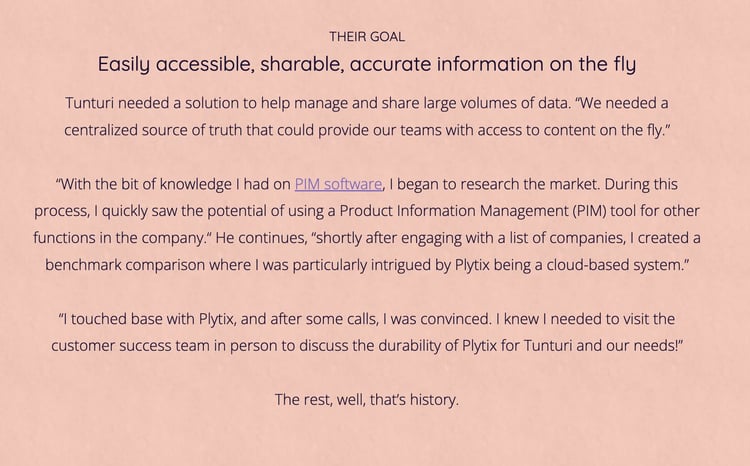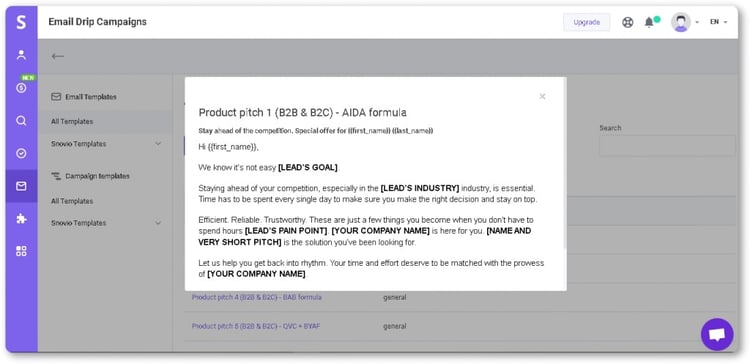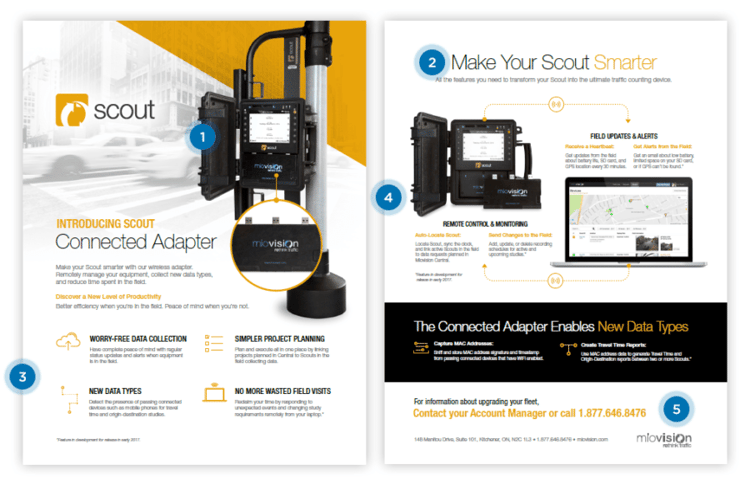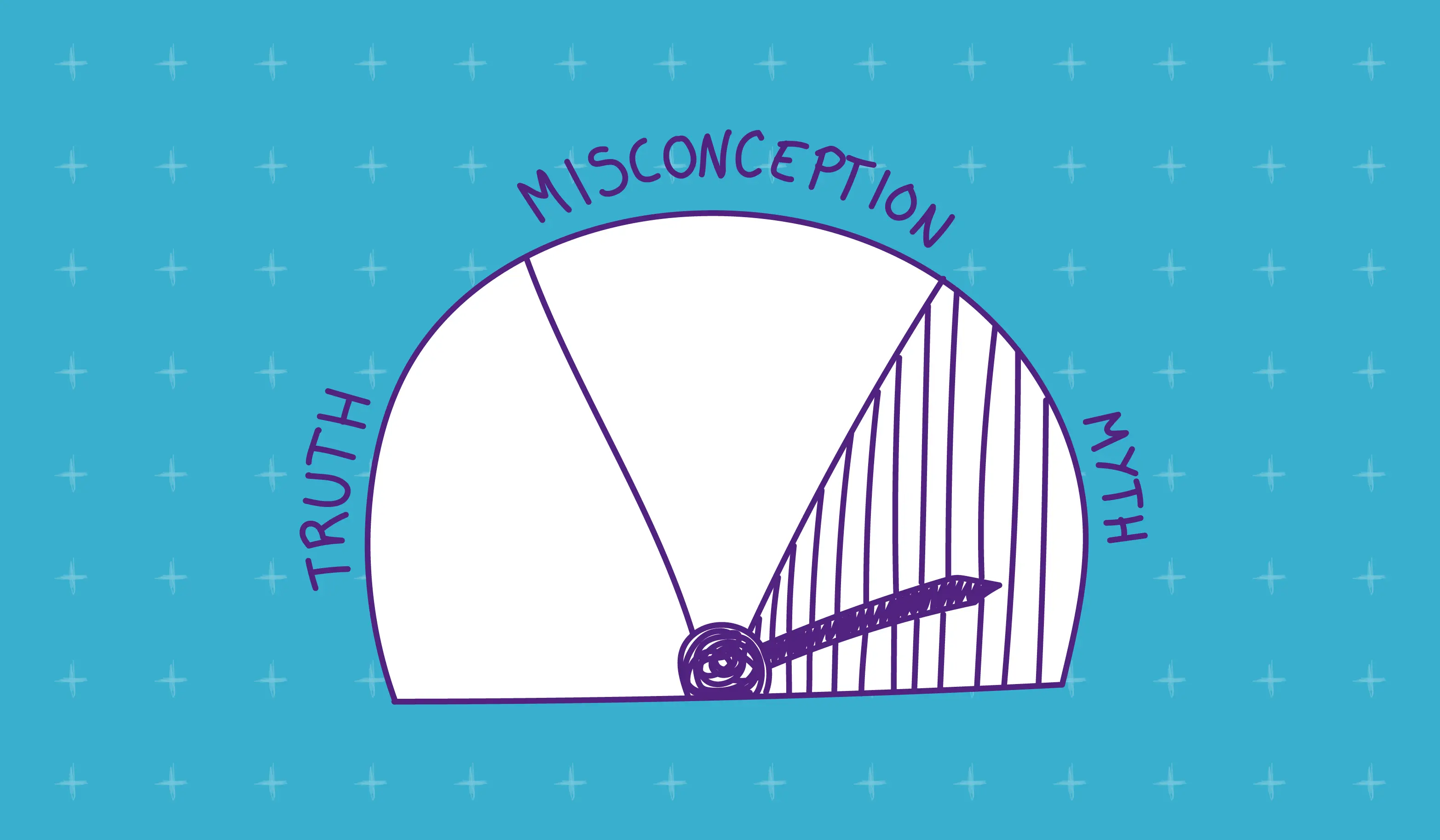Accurate sales material is a key ingredient to closing a deal.
Why? Because, unlike B2C, there are many people involved in the B2B decision-making process. You're dealing with a smaller lead pool, and a strong relationship needs to be cultivated before a customer chooses to partner with your business.
While the product itself and your website may be appealing, what truly converts a B2B customer is how you market your product or service. B2B customers need more than just a website to help convert them; they need your sales reps to know what’s cooking so they can visualize how your businesses will help them succeed. But, sadly, according to this, more than 78% of executive buyers claim that the sales reps do not provide them with the relevant information they need.
Now, the superheroes of your online business (sales and marketing teams) wouldn’t be getting a bad rap if they had efficient tools in place to make their job a little easier. So, how can you avoid being a part of that (growing) percentage? By using these five types of sales collateral to boost sales, reputation, and trust.
1. Product demo videos
Video gives customers exactly what they need. It shows them how the product works in real-time, and answers any straightforward questions that may not have been answered in written copy. Like what Dr. James McQuivey of Forrester Research said, “while a picture says a thousand words, a video is worth a million.”
To back that claim, Forbes’ research highlights that 65% of senior executives went to a vendor’s website shortly after watching a video. And a total of 59% of decision-makers prefer watching product videos as it helps retain information for longer.
As a B2B business owner, having a number of videos that answer customer questions through demonstrations can bring in more sales. This means a customer can be informed on what your product can do even prior to contacting your sales department which will, ultimately, make the sale much easier.
2. Case studies and testimonials
Apart from blog posts, ebooks, and other forms of written content, case studies and testimonials can go a long way. This is because all customers want to see social proof of how your product has helped others, and the only way to truly find those answers is through case studies and testimonials from other businesses.
In fact;
- More than 75% of B2B customers go through case studies during the evaluation stage and can carry enough weight to influence them than other types of content
- 52% of B2B buyers ranked case studies as “very important” while evaluating vendors
- Apart from blogs, ebooks, and videos, 88% of consumers trust testimonials, ratings, case studies, and reviews. It has been proven to be a reliable way to establish social proof
Nowadays, potential prospects may not need your sales department for every stage of their journey, but having access to customer success stories, content, videos, and testimonials helps bring your customers one step closer to choosing your brand over competitors. So, ensuring that your teams always have this on hand is certainly a plus, which in turn, creates a stellar customer experience.

3. Structured email templates
As we’ve mentioned before, to seal the deal, you must commit to relationship building. A B2B buyer is looking to build a long-term connection with a supplier, and this is why your sales team needs to go above and beyond to form a bond.
A tried and tested way is by mastering your email marketing. Some B2B marketers have reported that they’ve seen a 47% higher click-through rate compared to your average B2C business. This could be a result of 86% of professionals still preferring email as a form of communication for business purposes.
While the numbers don’t lie, 44% of sales reps admit to having stopped email communication after the first follow. This is because they see it as a tedious task that doesn’t yield any results. By streamlining processes with an email template that is a) personalized, b) has a purpose, and c) knows the perspective's pain point/s, you can engage with more customers and see a higher click-through rate. Collect your customers' data from social sites, send Facebook leads to email, and use the information to create a more personalized experience.

4. Product sheets
Product sheets can play a critical first step in your sales funnel. This sell sheet document helps to create awareness, and can potentially answer leads’ questions and help them convert. For example, sell sheets can come in handy when a buyer doesn’t have time to discuss in-person how a product can benefit them. Or when stakeholders simply cannot find the time to sit together and go through a lengthy presentation with you. Time doesn’t need to stop your sales team from closing a deal, and this is where product sheet software can come in handy. Having access to a product sheet template, to list all the basic information customers need as well as answering any questions they need, can be helpful in maximizing sales.

5. Digital catalogs
The B2B industry has used product catalogs for years, but as the industry evolves, businesses need both printed and online versions. A B2B PIM system ensures these catalogs remain accurate and up to date across all channels.
This is because studies have shown that 94% of B2B buyers said they search online before purchasing a business product. Plus, the number of B2B buyers spending a majority of the budget (90%) has continued to rapidly increase since 2013, showing the need to have a omnichannel sales and marketing approach.
Being able to showcase your offerings during the consideration phase with a catalog both offline and online can help you boost sales.
Additionally, having online product catalogs can help your business as they are;
- Cost-effective
- Can help customers find you and increase your reach
- Easier to update
- They’ll drive traffic to your website
Plytix PIM can get you there
Effectively managing product information is crucial in ecommerce success, and this is why there has been a growing adoption of PIM systems in the B2B space.
Since the pandemic, more businesses are paying attention to digital channels, and 61% of respondents said this year, they plan on investing in a PIM tool.
But, Plytix doesn’t only offer a product information management system. It doubles up as a digital content portal where you can store marketing data for email campaigns, digital assets such as images and videos, create product sheets using our Branded PDFs or Brand Portals to create online and PDF catalogs.
With this sales catalog software, you get the best of both worlds. You can store, update, and share all your sales material from one place, internally or externally. Get our product content management tool today, and don’t just have a place to manage your product database, but a place where sales enablement is a breeze.


-png.png)


